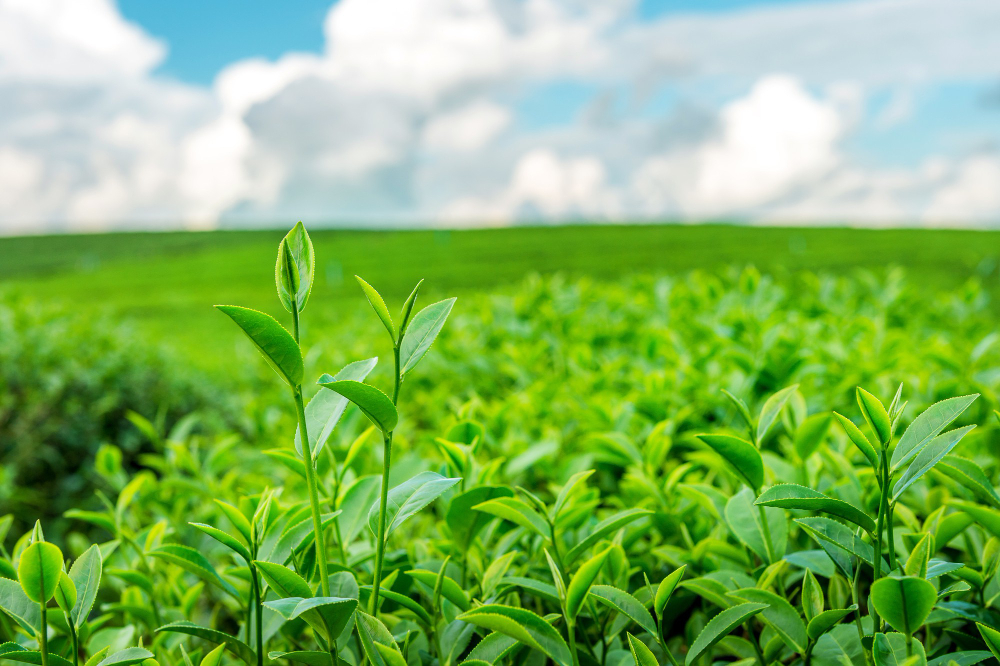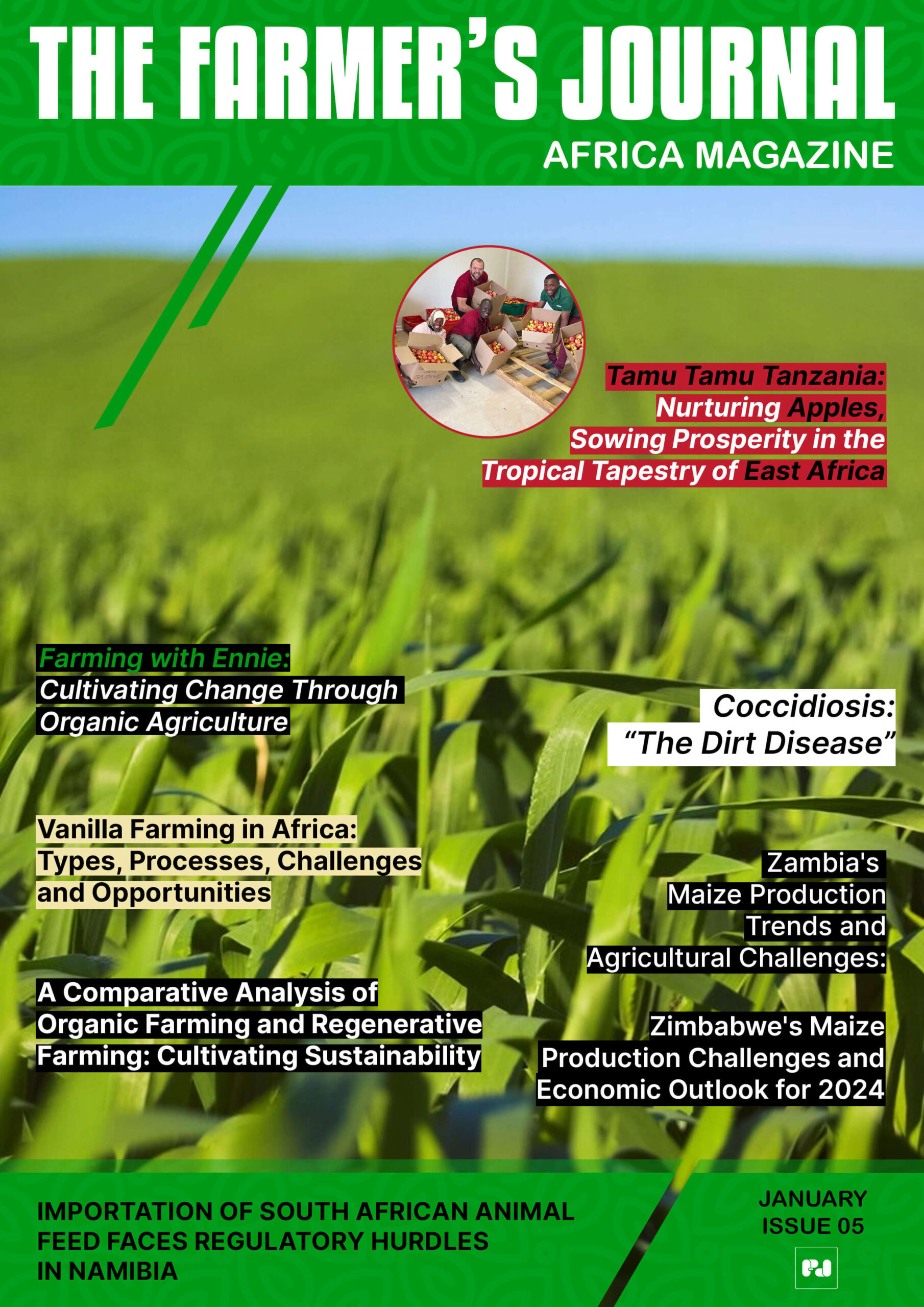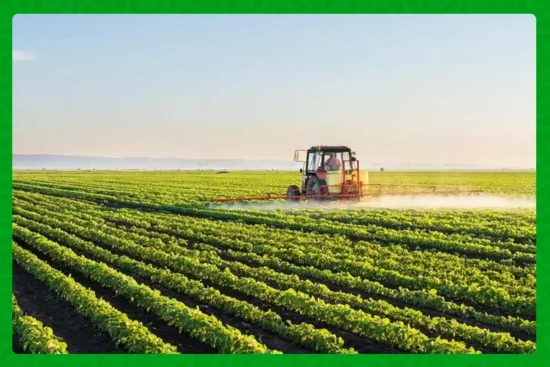
President William Ruto has put a bright, practical opportunity on the table for Kenya’s tea farmers. A government-backed loan facility worth Kes 3.7 billion, about US$28.7 million, is now available for KTDA-managed factories to modernize equipment, scale up processing, and move further along the value addition ladder. This is not charity. It is a strategic nudge to turn centuries of Kenyan tea expertise into stronger profits for smallholders and more foreign exchange for the country.
The why is simple. Many tea factories still churn out superb leaf using dated machinery that limits capacity and the quality spectrum they can produce. Modern processing lines, dryers, sorting machines, and packaging technology allow factories to make premium orthodox tea and specialty blends that fetch higher prices overseas. President Ruto made clear that the facility will be disbursed through the Kenya Development Corporation, and that it is designed to lower the cost of borrowing so factories can invest without crippling interest burdens.
Crucially, the loans will come at a highly concessional interest rate of 5 percent via KDC, a fraction of what commercial banks typically charge. That difference transforms payback math for a factory manager. Where a business plan might collapse under an 18 percent commercial rate, it can become viable and even profitable at 5 percent. For tea factories this is the difference between postponing repairs and investing in an entirely new production line that unlocks better markets.
This moment is backed by recent wins for the sector. Recovered deposits from the collapsed Chase and Imperial banks were handed back to the Kenya Tea Development Agency, a gesture that restores some lost trust and immediate working capital to farmers and managers. The handover underlines the government message: reform, recovery, and reinvestment are linked. That fiscal boost and the new loan window together create a timely opportunity for KTDA and factory directors to plan upgrades that will pay off quickly if executed well.
There are numbers behind the optimism. Reforms in recent years pushed average green leaf prices from around Kes 51 per kilo to Kes 64 per kilo. Export earnings jumped substantially from Kes 138 billion to Kes 215 billion, with ambition to push earnings even higher by 2027 through value addition and market expansion. Those gains show what focused policy and better productive capacity can do for farmer incomes. Modernizing factories is a direct lever to lift more value into Kenyan hands before tea leaves even leave our harbors.
At the same time the sector faces short term headwinds that make modernization urgent. In the first half of 2025 tea export earnings dipped to Kes 90.12 billion, a fall of more than 12 percent from the previous year, and volumes also declined slightly. This signals that relying on raw volume alone is risky in an unpredictable global market. Factories that can produce higher grades and packaged products are far better placed to withstand price shocks at the auction and to sell directly into new retail and specialty channels.
There is also a clear product pathway that pays. Orthodox tea, prized in specialty markets, has recorded rapid growth in Kenya. Output jumped from modest levels to millions of kilos, showing that farmers and factories can pivot when the incentives and tools are present. The loan facility is an invitation to accelerate that shift: invest in withering, fermentation, rolling, and drying lines that can handle orthodox processing and consistent quality control, and the returns will follow.
So what should KTDA and factory managers do next? First, move from intention to action and prepare bankable upgrade plans. Low interest is only useful if there is a strong project plan with realistic cashflow and clear productivity gains. Second, prioritize investments that expand market access and margin, not simply capacity. Packaging and branding, temperature controlled storage, and quality assurance labs will allow tea to travel as premium product rather than commodity. Third, coordinate across factories to create common user facilities where smaller factories can access expensive equipment without each duplicating the cost. That kind of regional cooperation multiplies impact.
Farmers deserve to see the benefits directly. The government has pledged to clear outstanding debts owed to farmers and to ensure payouts from recovered deposits reach their pockets. When farmers feel the cash and see factory upgrades reflected in better prices for their leaf, trust in KTDA and the wider value chain will strengthen. That social license is vital; without it, even smart investments can falter.
This is also a moment for buyers and policymakers to do their part. As Kenya secures tariff wins and opens new markets in places like China, and pursues talks with Japan and others, factories that deliver consistent, traceable, and branded tea will be the ones that win long term contracts. Government support to ease packaging taxes, streamline export procedures, and promote Kenyan tea abroad will amplify the impact of factory modernization.
In short, the loan facility is more than a line item. It is a lever for structural change that can lift incomes, protect the sector against price volatility, and shift Kenya up the value chain of tea production. The ask to KTDA is straightforward: act quickly, plan carefully, and invest where the returns build durable advantage. For a crop that has carried communities for generations, this is a chance to modernize with dignity and to harvest value that stays at home.
Stay updated with the latest farming tips and agriculture industry news from Africa by subscribing to our newsletter. Don’t miss out on valuable insights and updates. Follow us on Twitter, LinkedIn, and Facebook to join our farming community and stay connected with us.


















